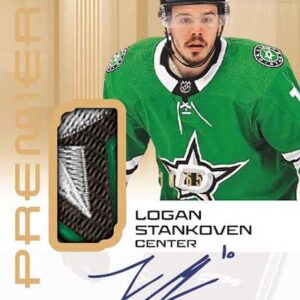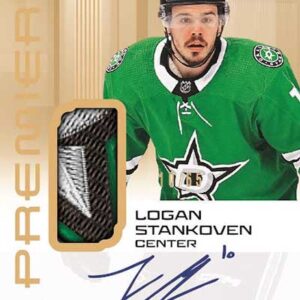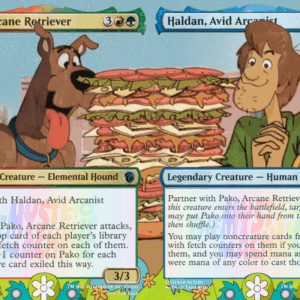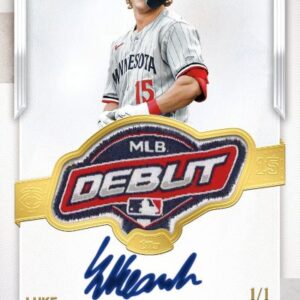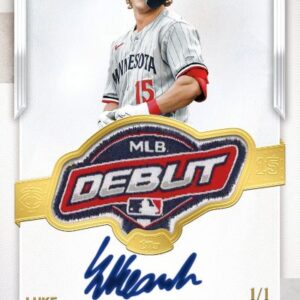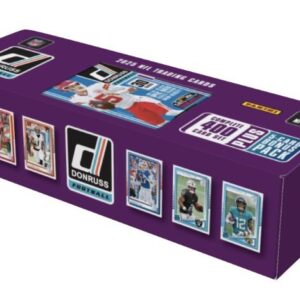In the whimsical realm of Magic: The Gathering (MTG), where players become not just mere mortals but mighty planeswalkers, nothing shatters the enchantment faster than discovering that precious foil in your deck is a cleverly disguised phony. Whether you’re a casual gamer or a die-hard collector tracking every conceivable iteration of Black Lotus, the threat of counterfeit cards looming at your tabletop is as real as a wizard’s duel. Yet, fear not, for with a keen eye and a dash of card sleuthing, you can outsmart even the most cunning of counterfeiters.
Your journey to distinguish the genuine from the fake starts with trusting your senses. Much like tasting a fine wine, the authenticity of Magic cards begins with texture. Authentic Magic cards possess a distinct matte finish, a tactile delight easily discernible from the slick, glossy pretenders that might remind you of a laminated menu from your favorite diner. If a card’s texture feels off, it’s worth comparing it to a basic land card from the same set. The magic is in the detail, and it’s essential your touch is attuned to its subtleties.
Armed with a flashlight, delve into the illuminating truth of your cards. Holding a Magic card’s not unlike holding a piece of wizardry itself; a genuine card, when light shines through, reveals a mystical, signature blue core nestled between the layers of its papery existence. This core allows light to pass through, emanating a soft, cool wonder. Counterfeit cards, on the other hand, might obstruct the light altogether by being too thick or, conversely, become a glaring display of over-brightness due to being exceedingly thin. It’s a straightforward spell, but often the simplest are the most effective!
To ramp up your investigative adventures, we turn to the jeweler’s loupe—a modestly priced optical marvel that can bring the smallest of details into sharp focus. As you peer through this magnification, let your gaze linger on the art and text box of the card. Real Magic cards are birthed from a symphony of tiny rosette pattern dots, each small circle forming floral-like designs that collectively create an image. Counterfeits often lack this finesse, presenting blurry arrays, pixelated imperfections, or clumsy grid arrangements.
Next, cast your attention to the solid black test. Magic cards articulate their magnificence via bold black ink for names, mana symbols, and articulate text layers. However, fakes often stumble at this hurdle. Instead of a seamless black expanse, you’ll observe a fuzzy complexion composed of multiple colored dots attempting a faux unity.
One of the trickiest trails yet the most revealing is the infamous Green Dot “L.” On the back of genuine cards, nestled within the green mana symbol, is a pattern of red dots forming a tiny upside-down “L.” Spotting this detail requires a keen eye, often even under magnification. If it’s absent or sloppily misaligned, your card might be a conjuring trick gone awry.
But as with any long-running saga, even the Magic universe introduces new plot devices and safeguards. Enter the holofoil stamp, a hallmark for rares and mythics starting from Magic 2015. Authenticity here is an oval hologram flush with the card, intricately detailed with microtext such as planeswalker symbols or mana icons. Counterfeits often falter at this , offering grainy visuals, a slight elevation, or worse, a slapdash sticker from another universe altogether.
While it might be tempting to resort to what some might call the ‘tough love’ tests—tearing or bending a card to reveal a blue core or to perform rudimentary trials—modern counterfeiting sorcery has long since adapted to such tricks. Instead, always lean towards non-destructive methods to ensure you’re not tearing down one of your enchanted allies.
In the enthralling battle against counterfeit Magic cards, wisdom dictates that no single test is a failsafe solution. Consistency in texture, light analysis, detailed inspection with a loupe, and multi-faceted observation techniques collectively build the arsenal you need. Hone your skills like a seasoned planeswalker training for the next championship, and put the forces of fakery on the run. Understanding these techniques not only fortifies your collection from the clutches of counterfeiting but affirms your place among savvy magic lovers, preserving the purity of the game and the sanctity of the gathering.

